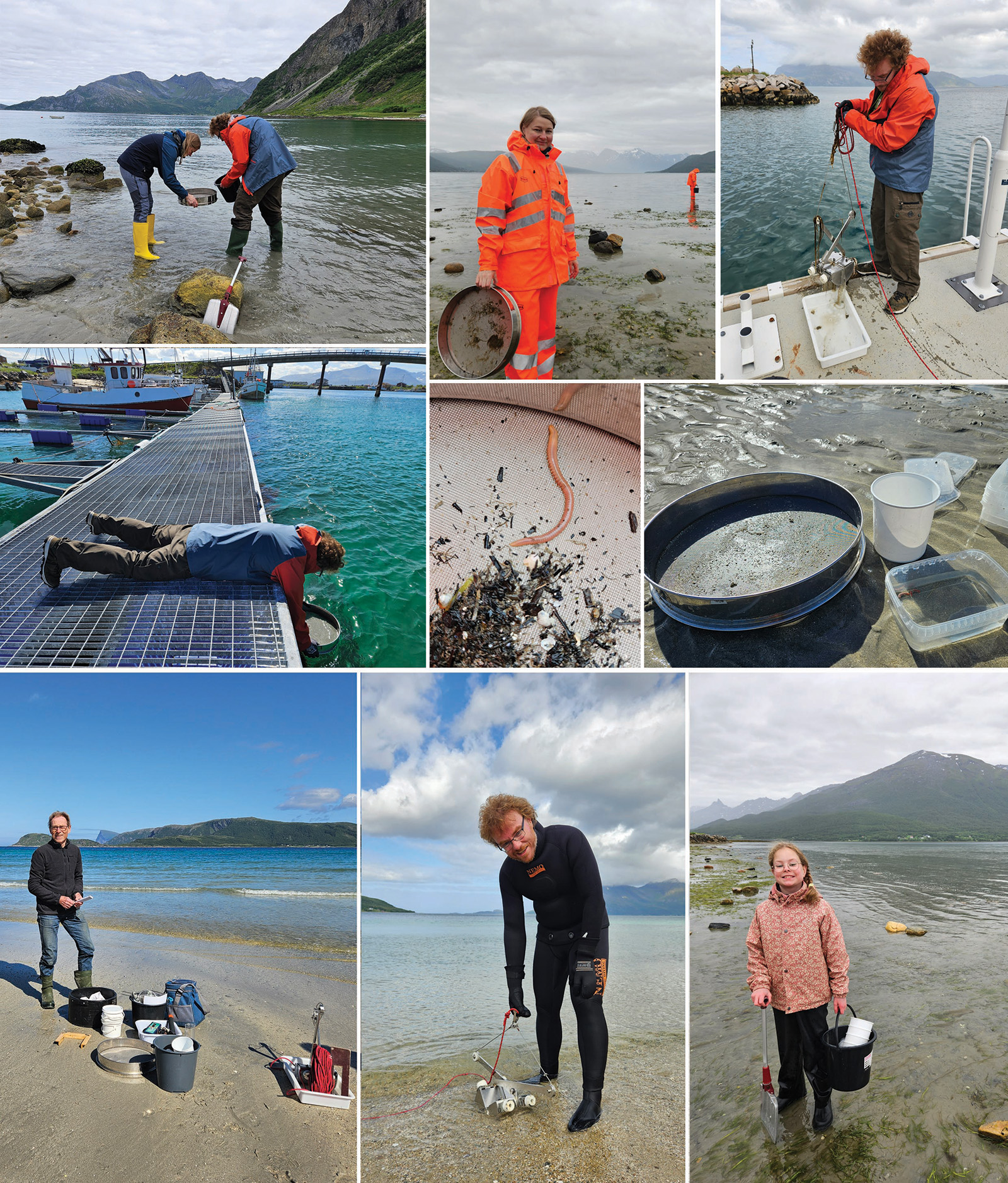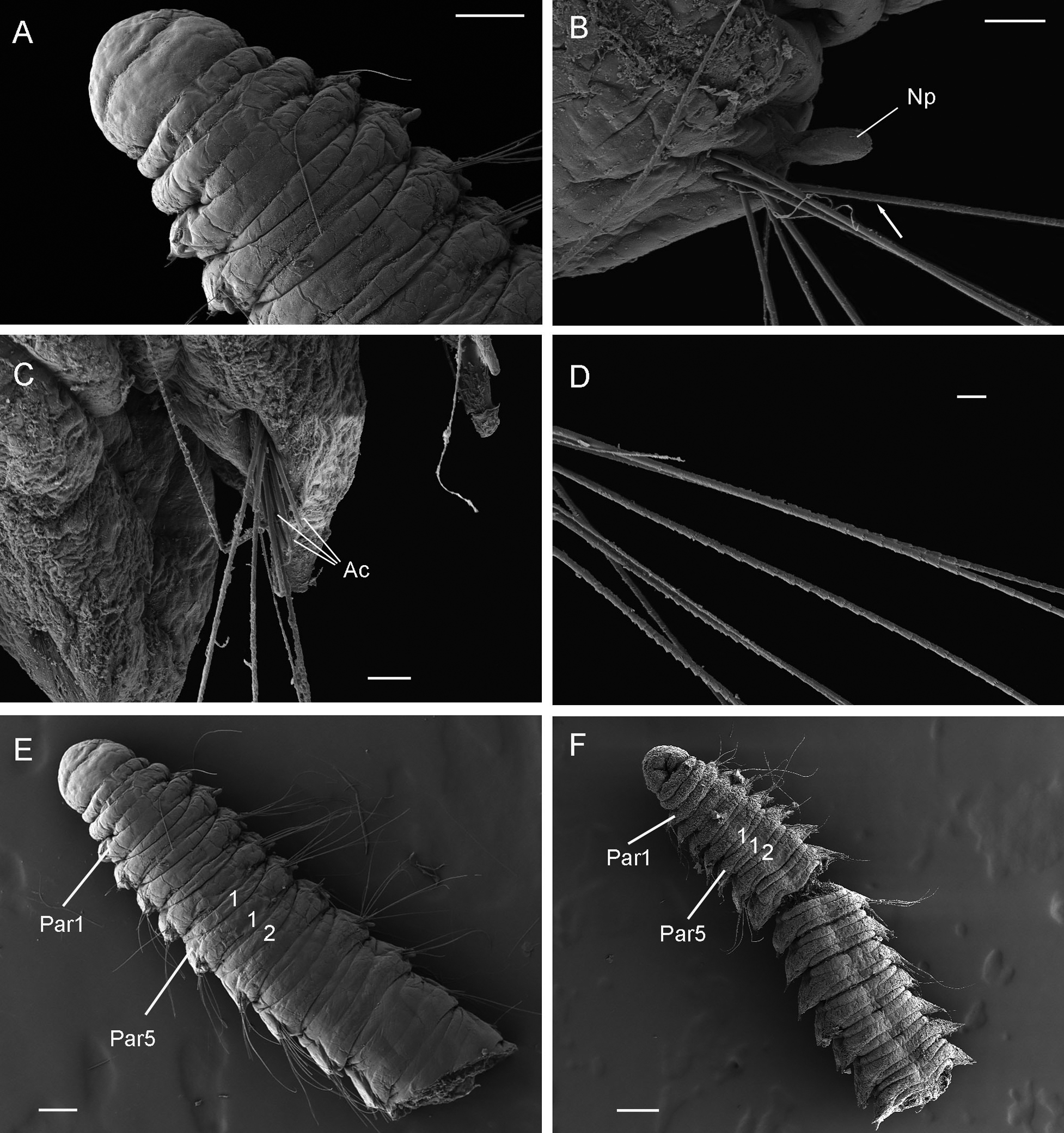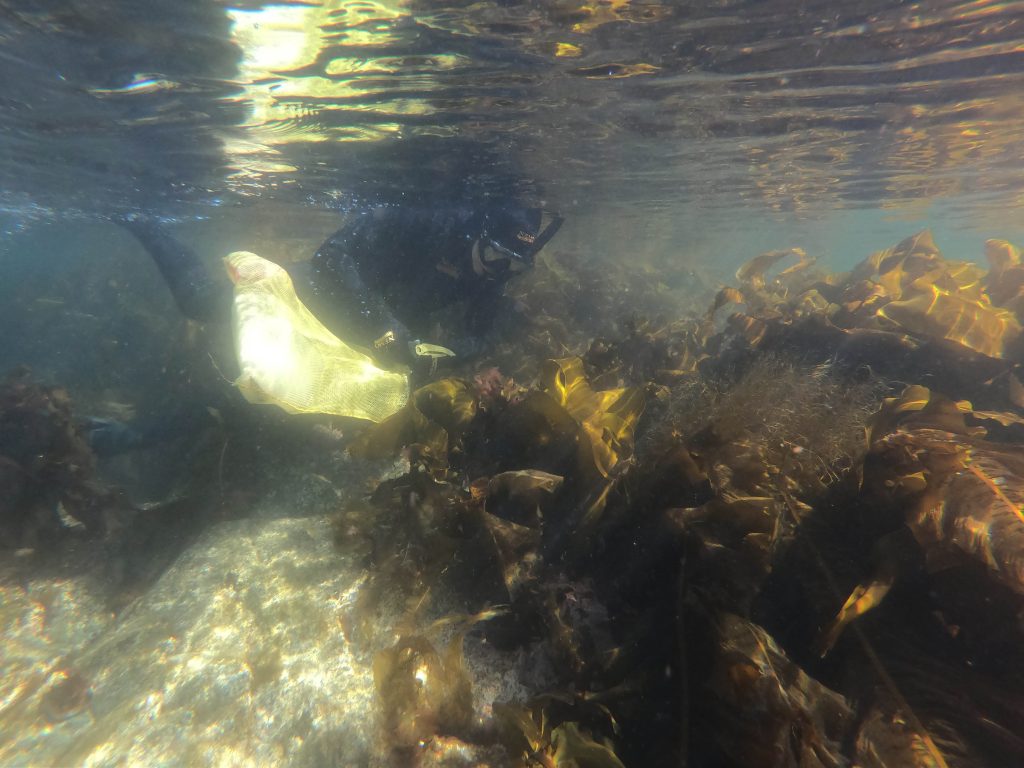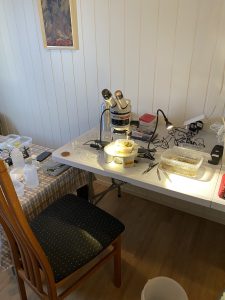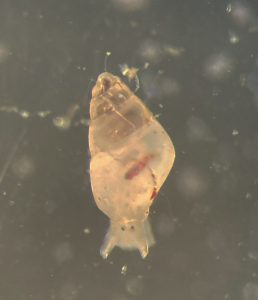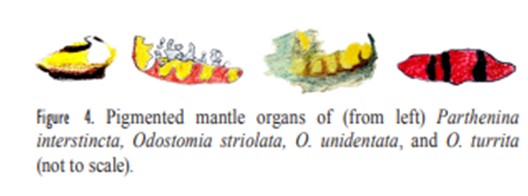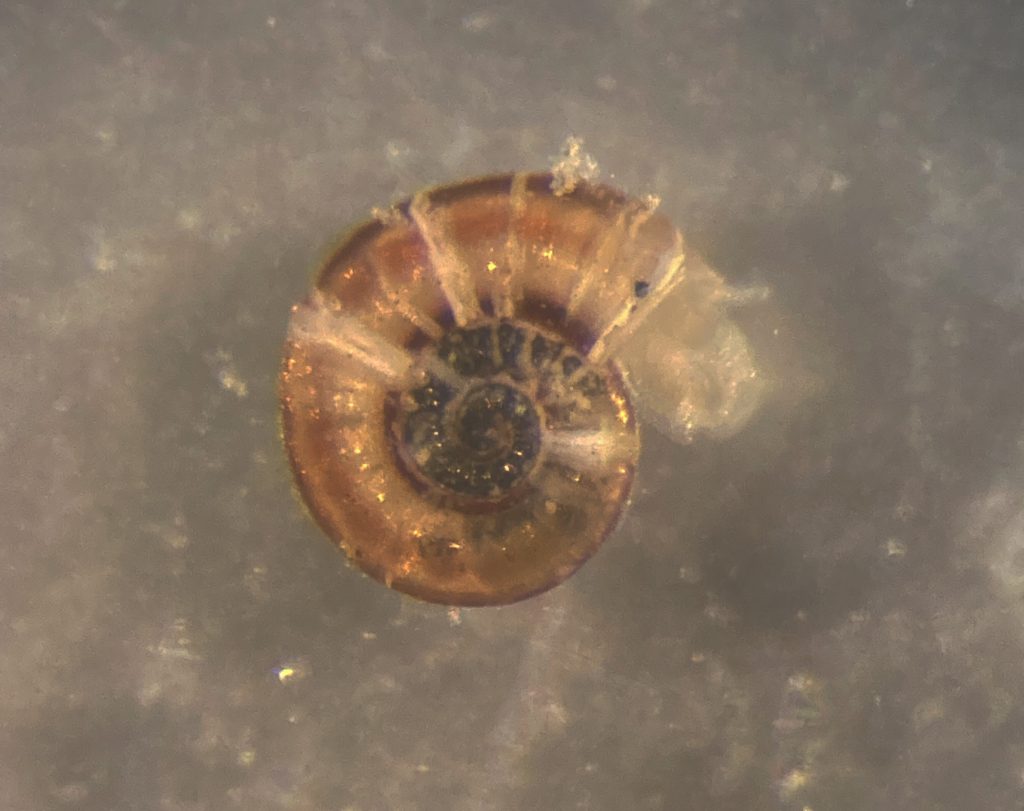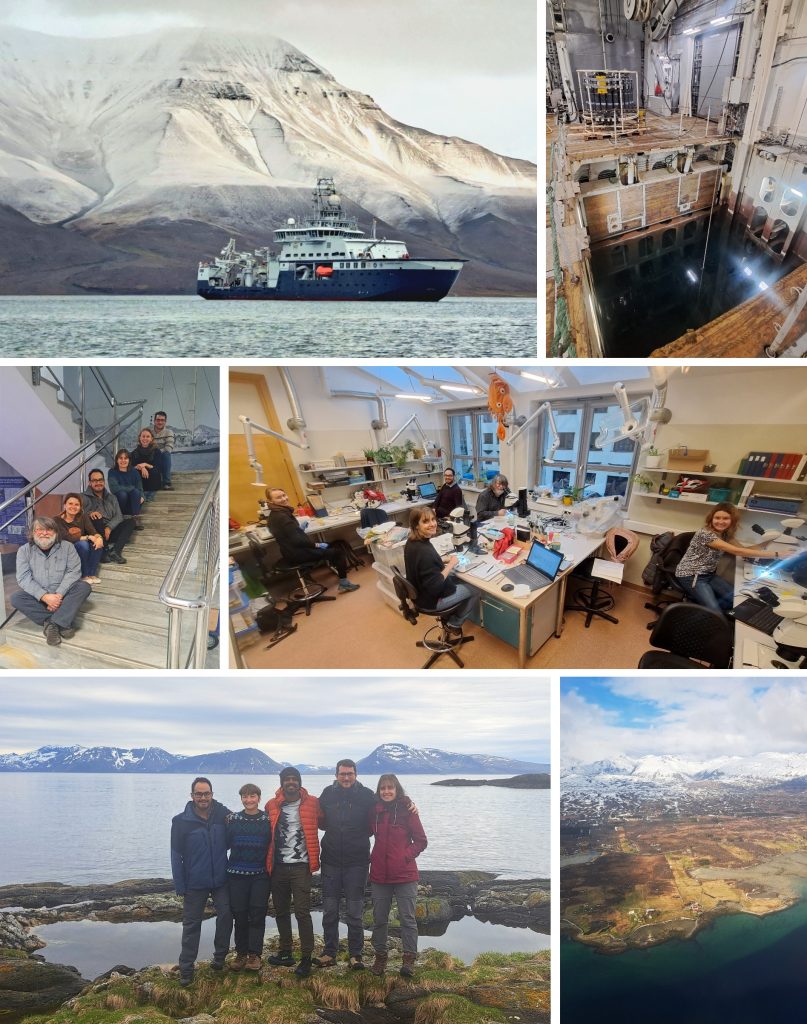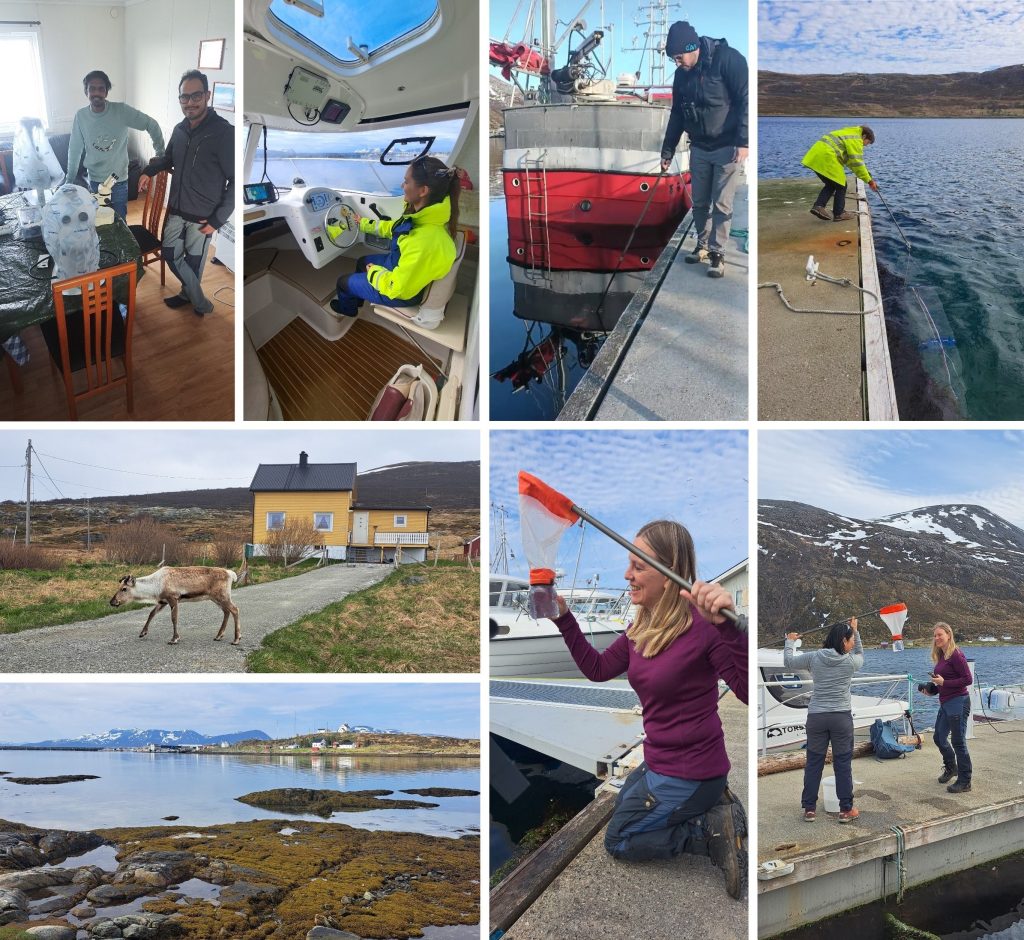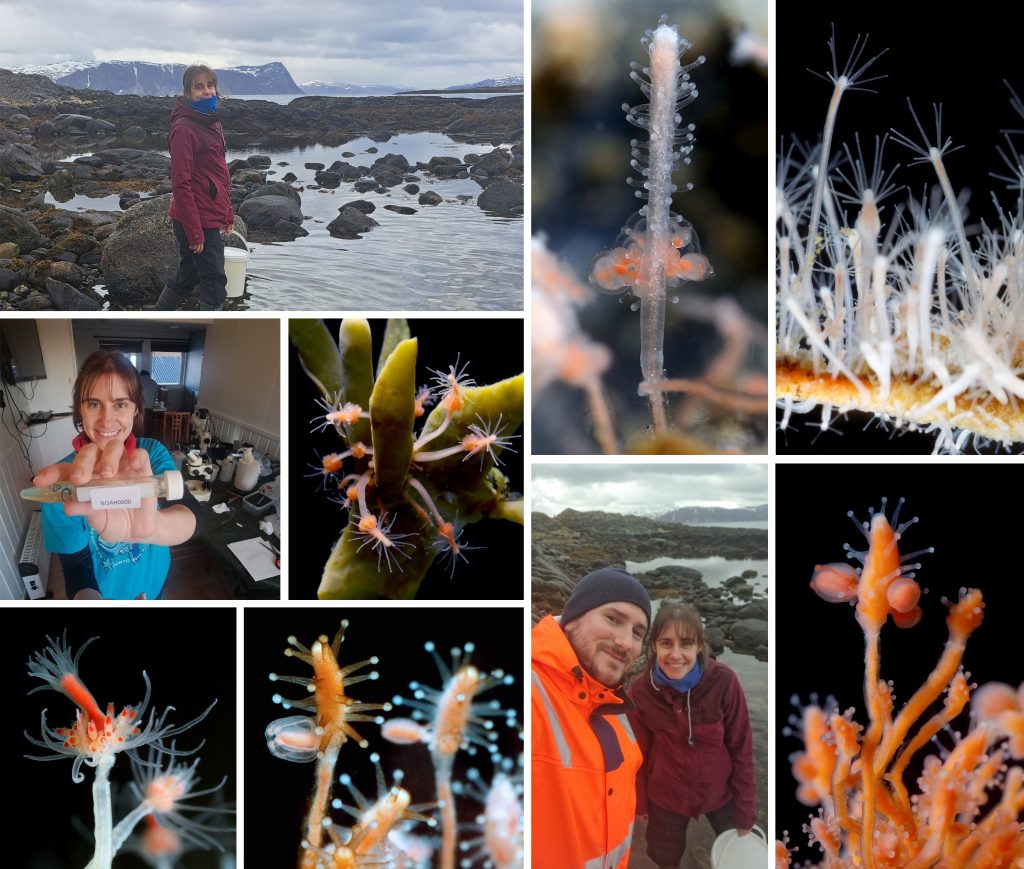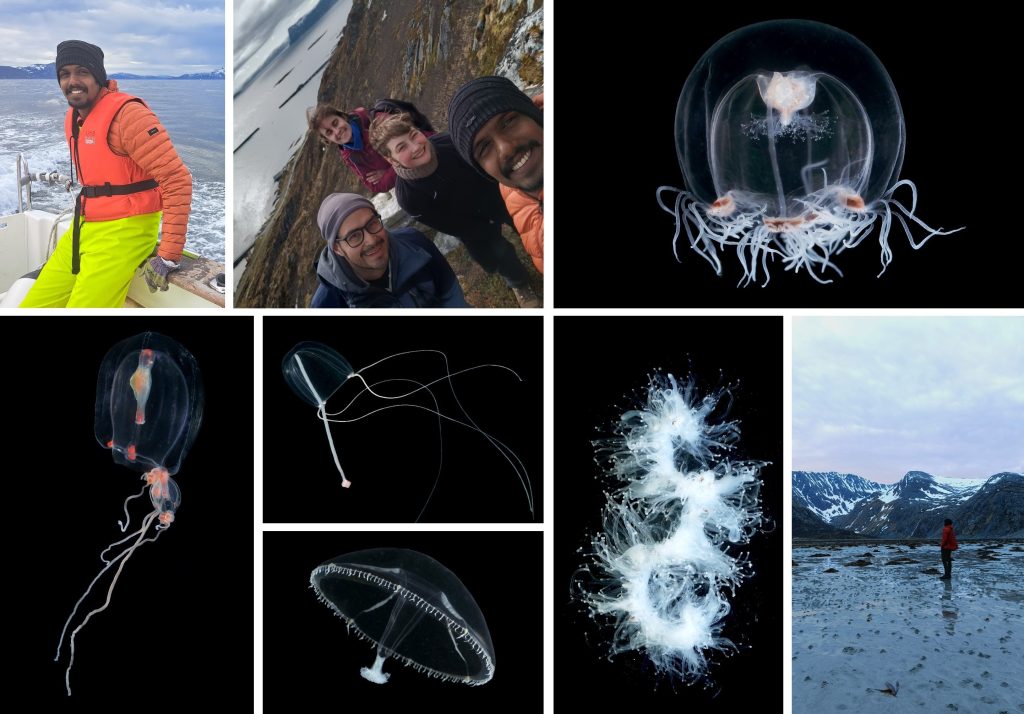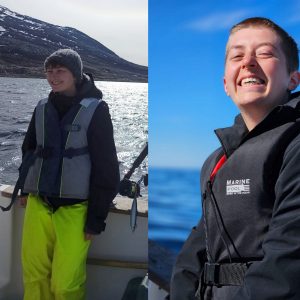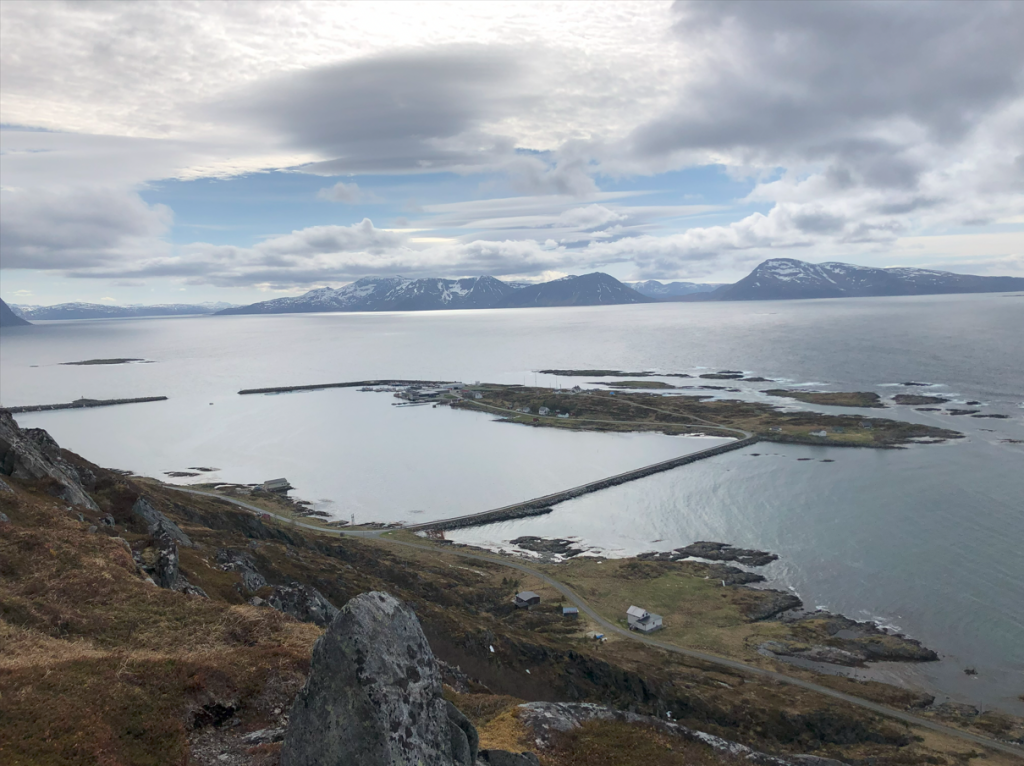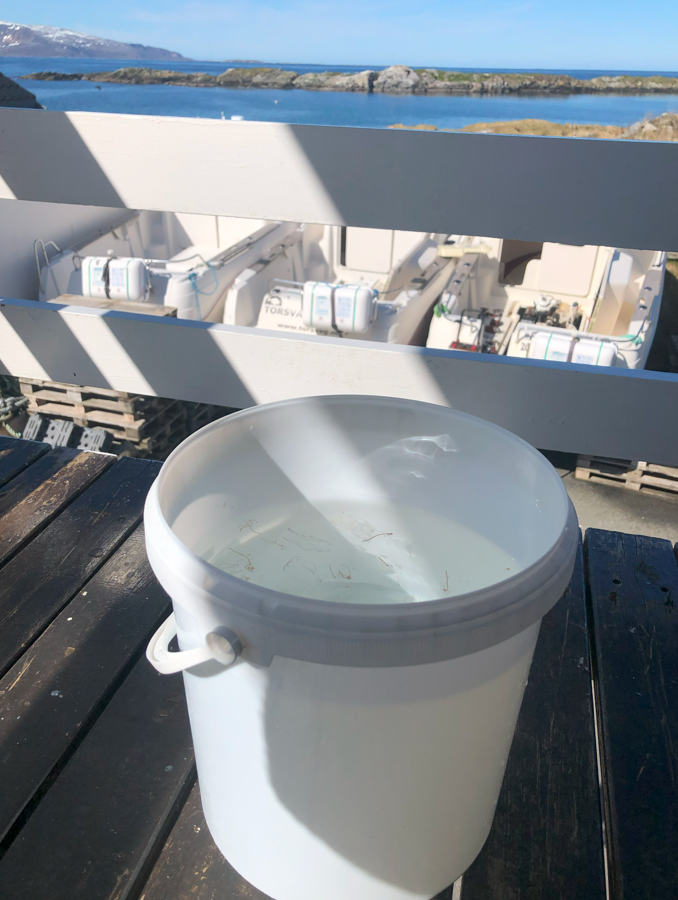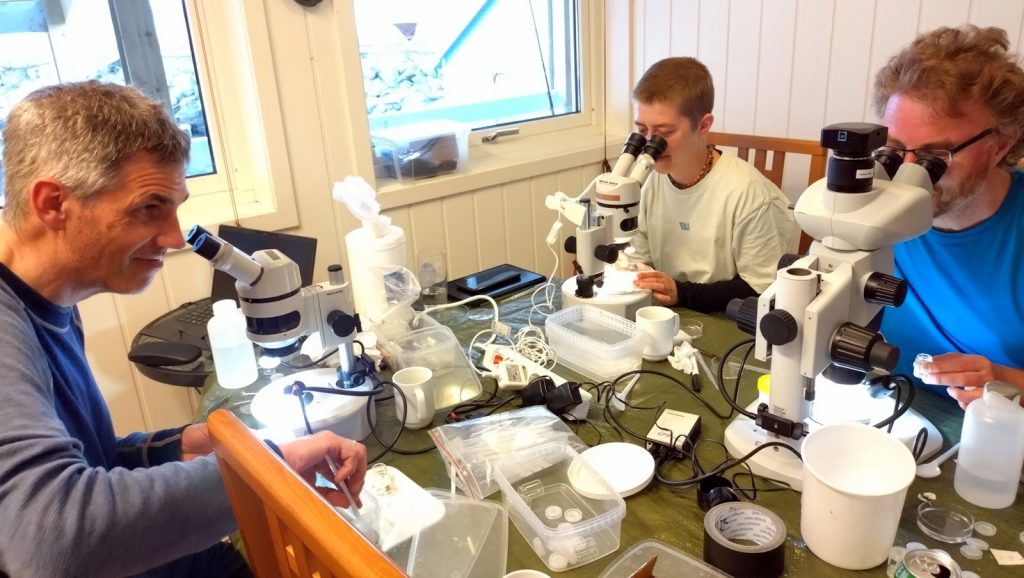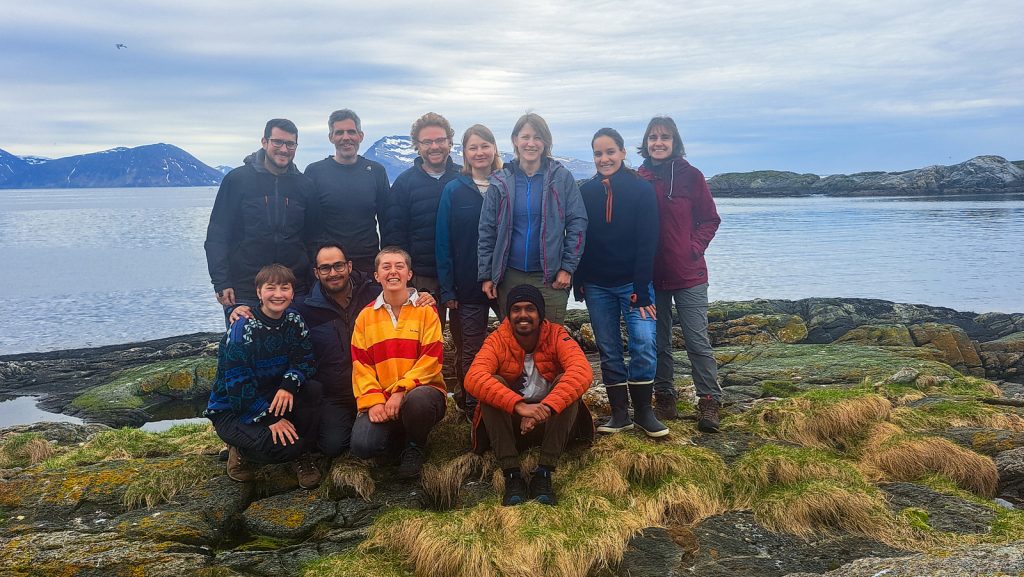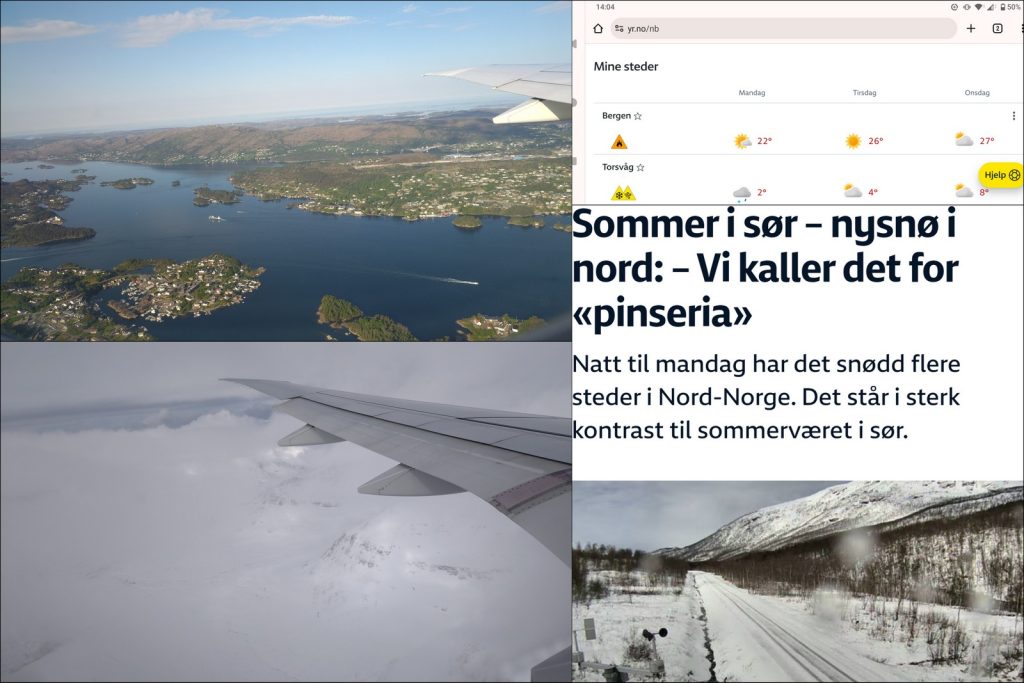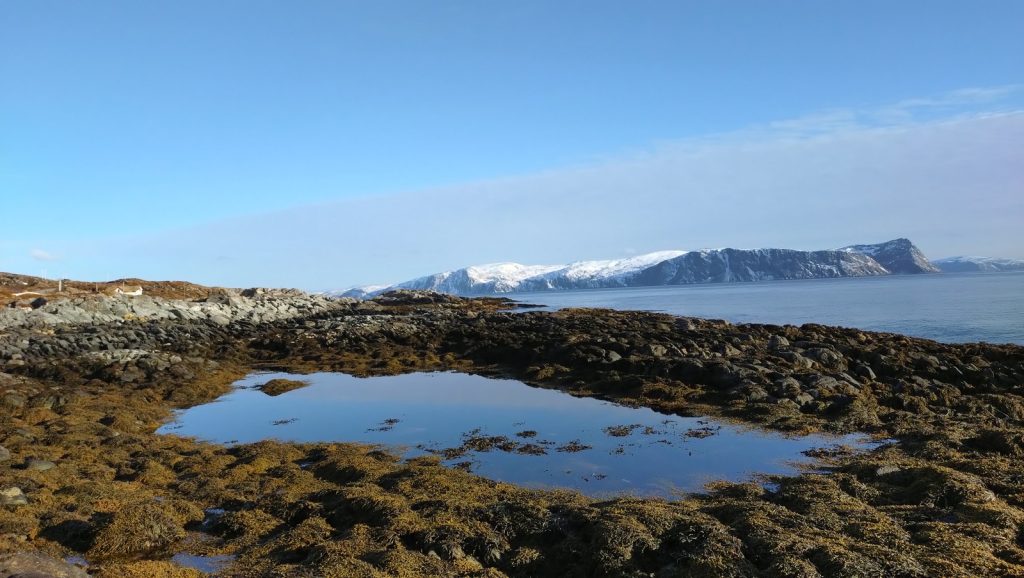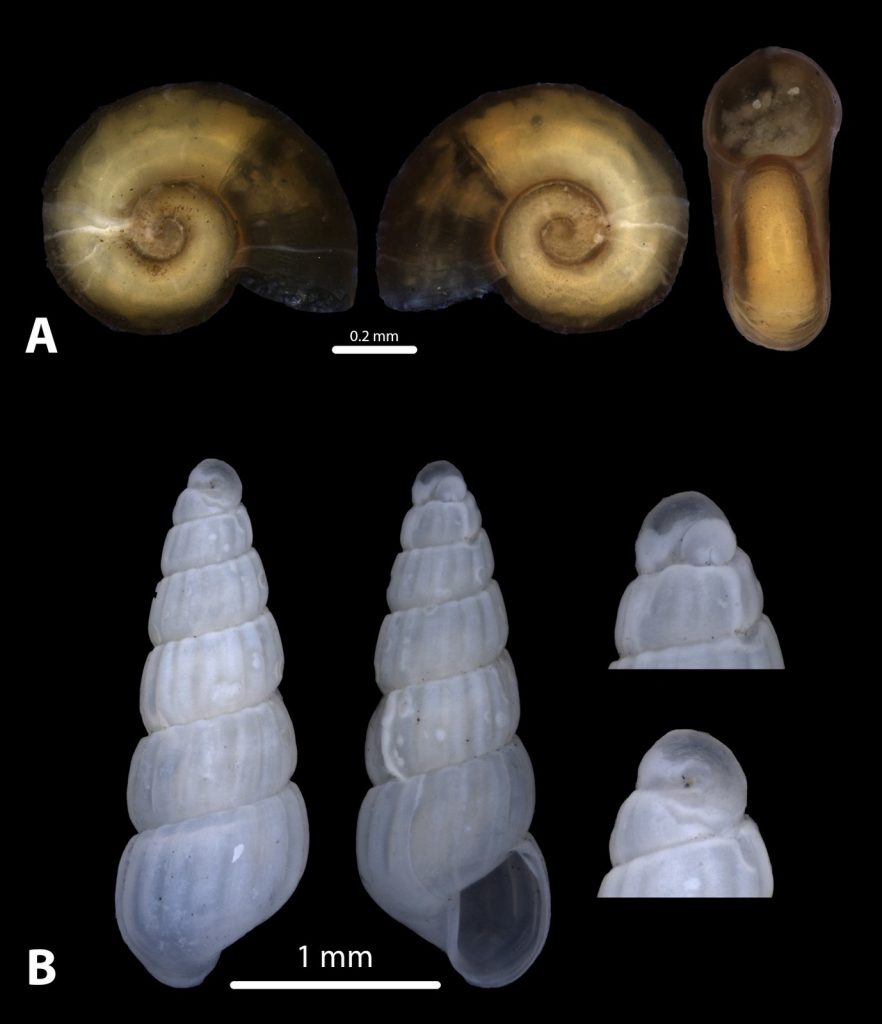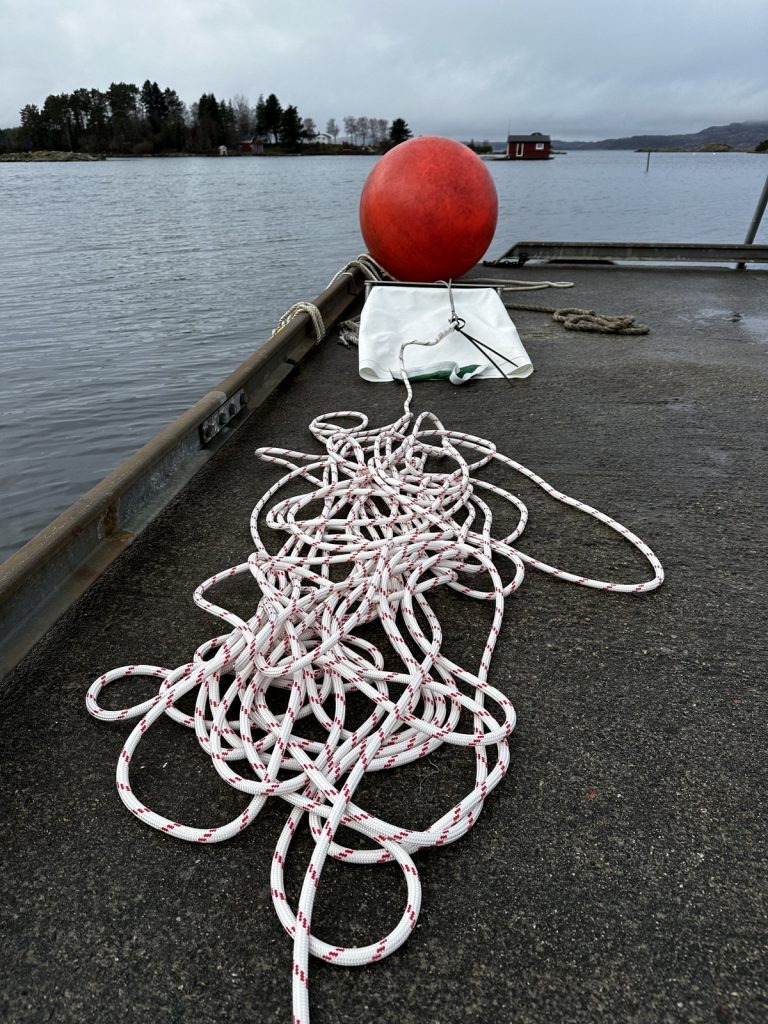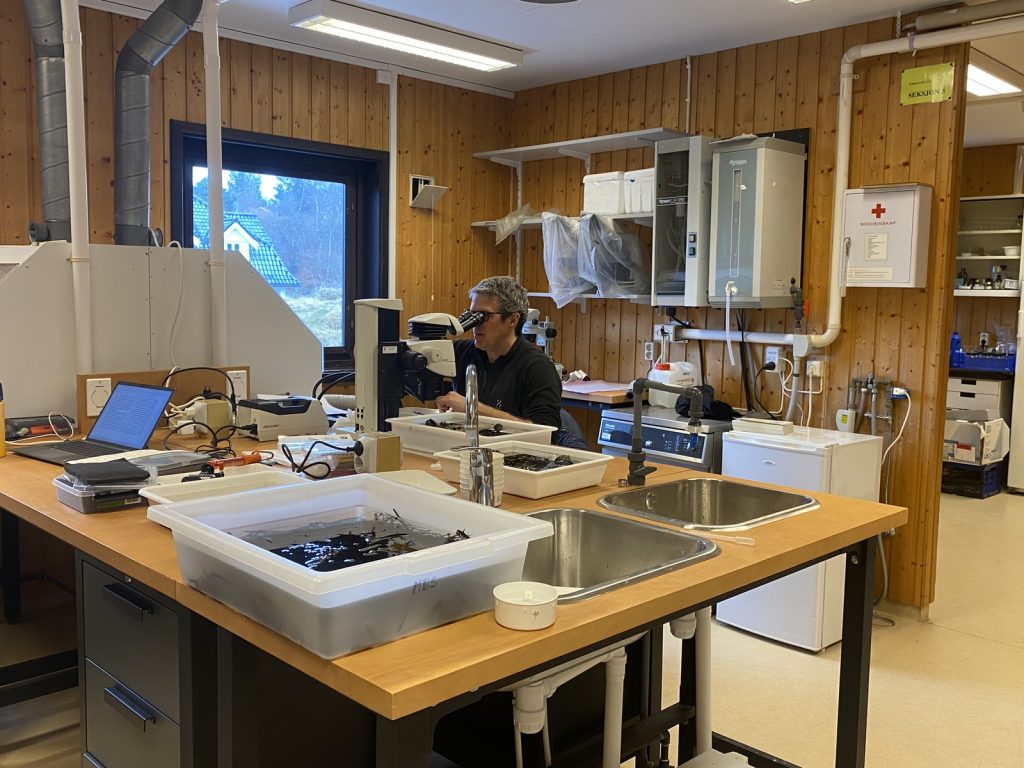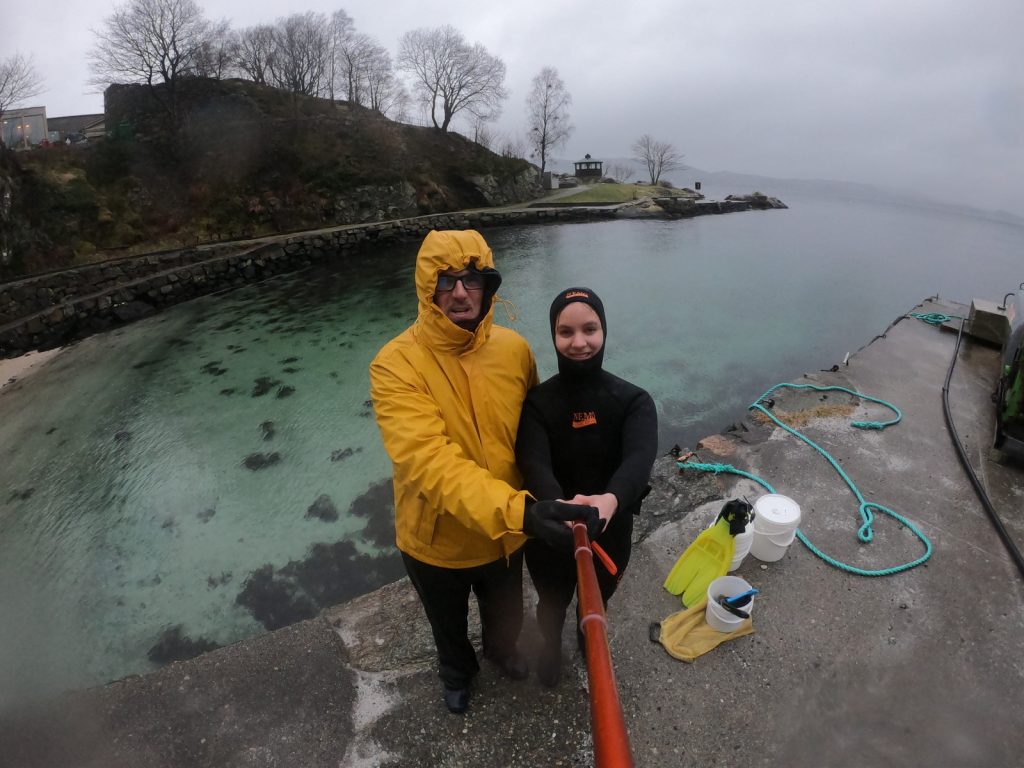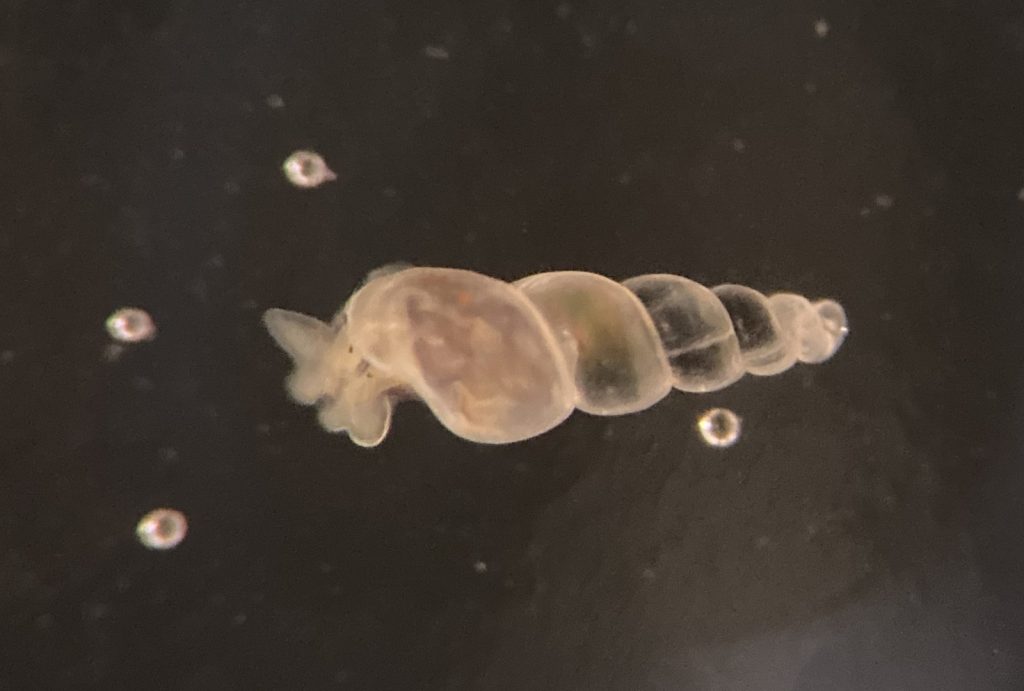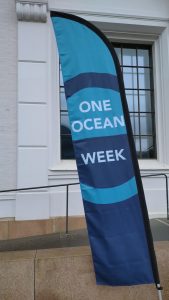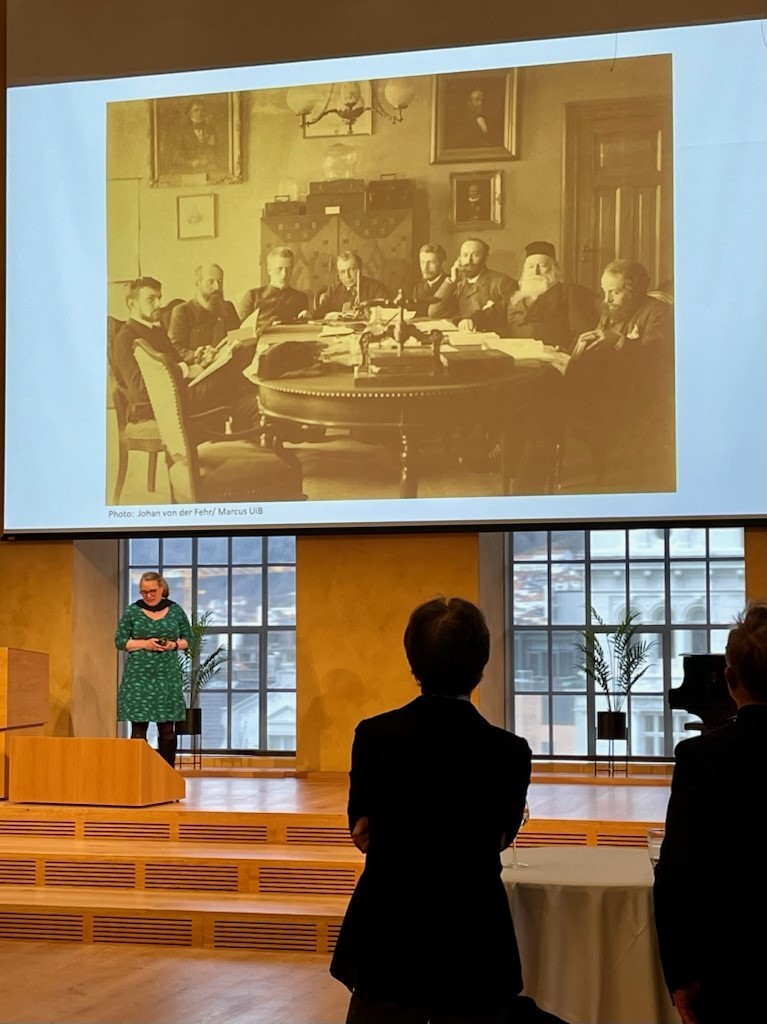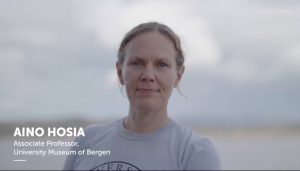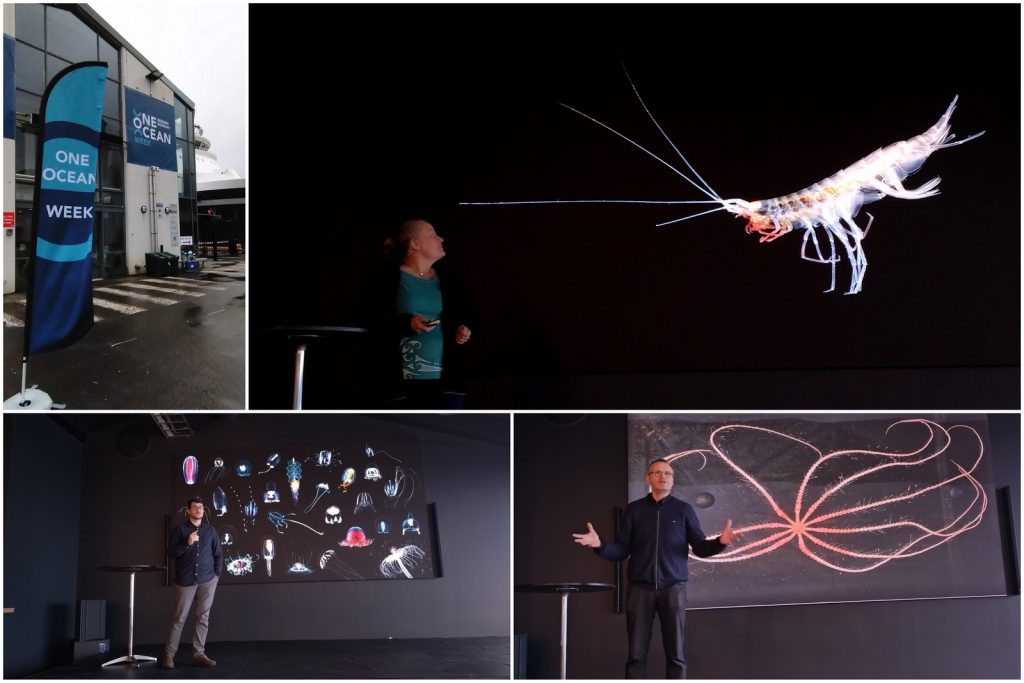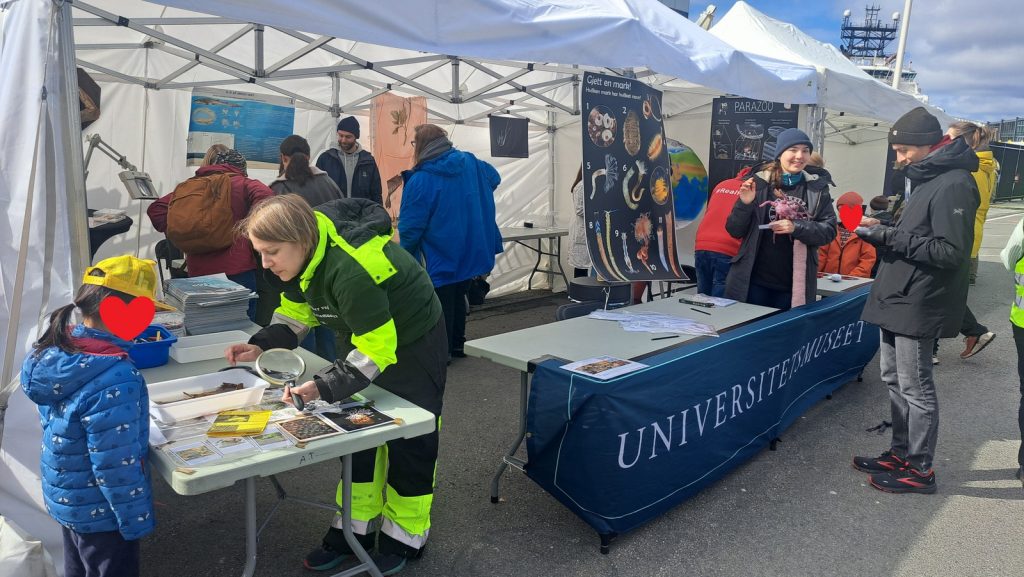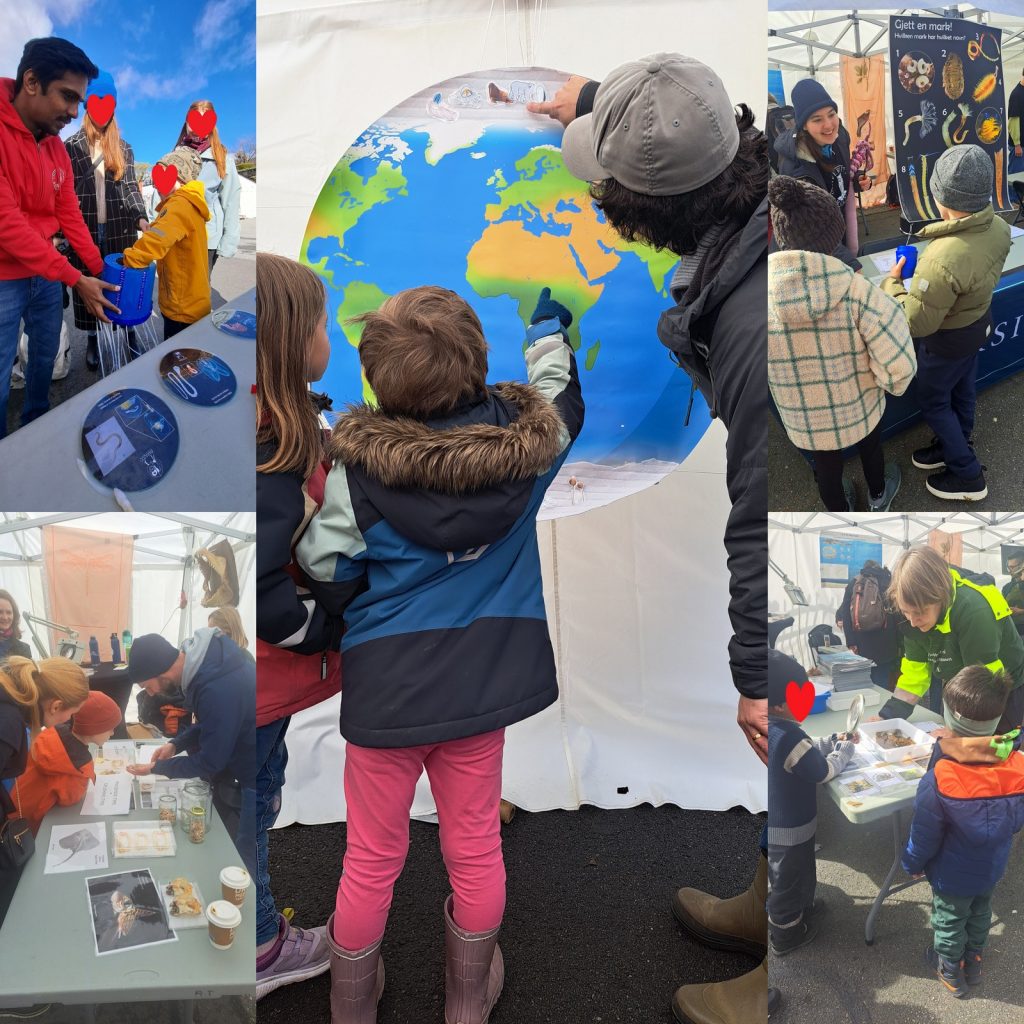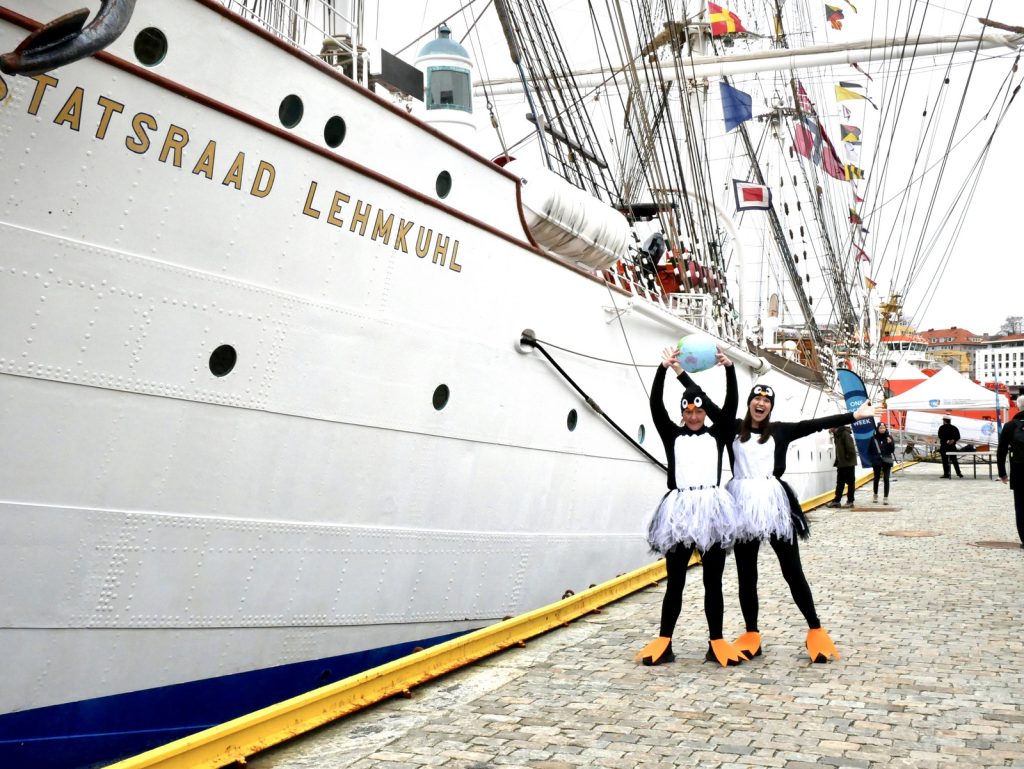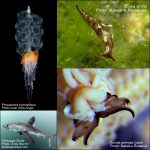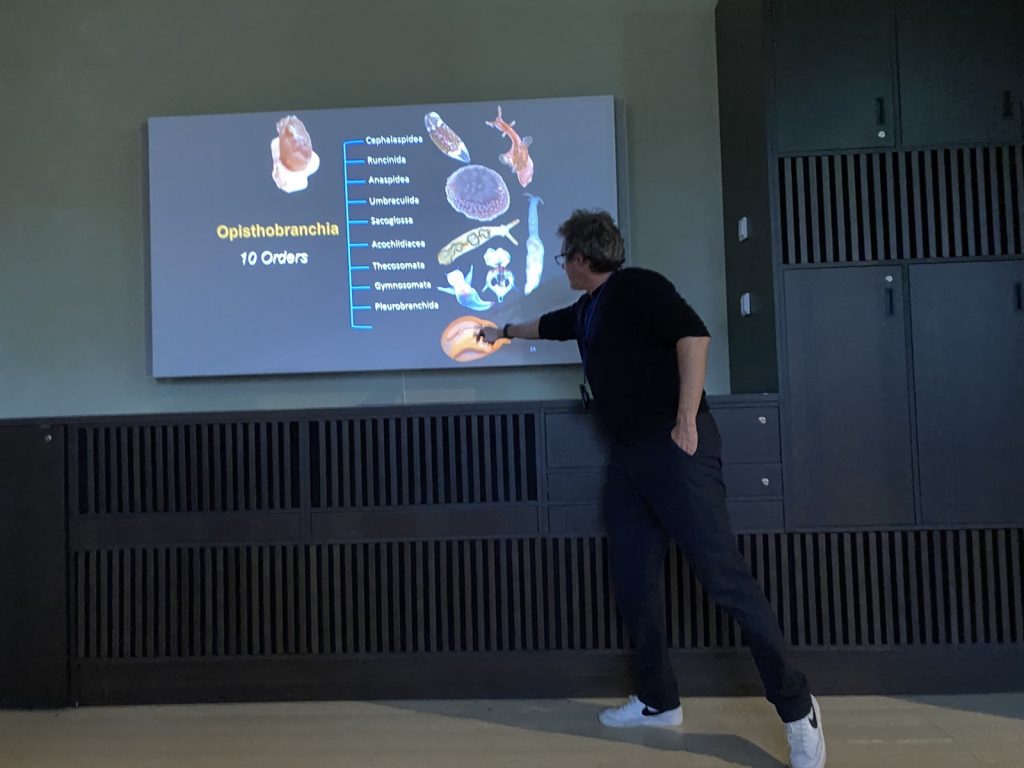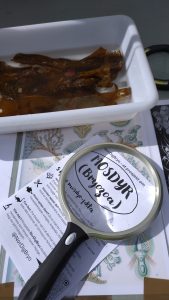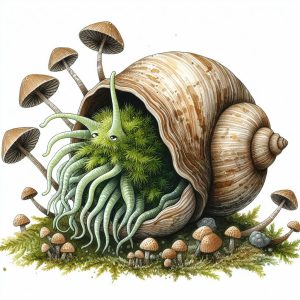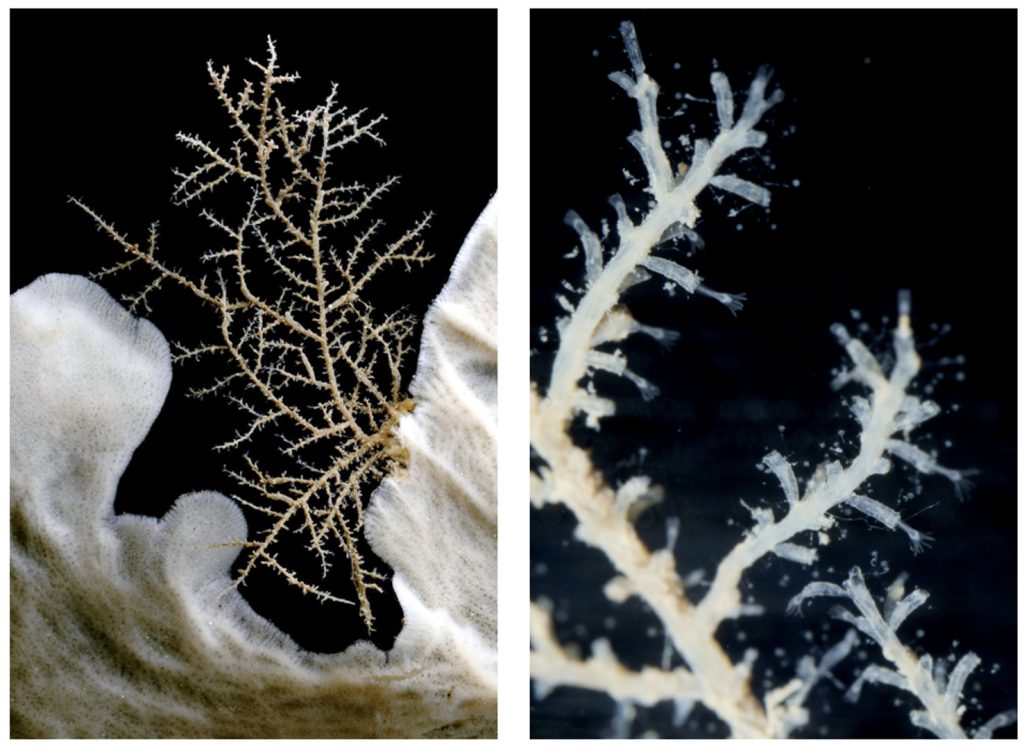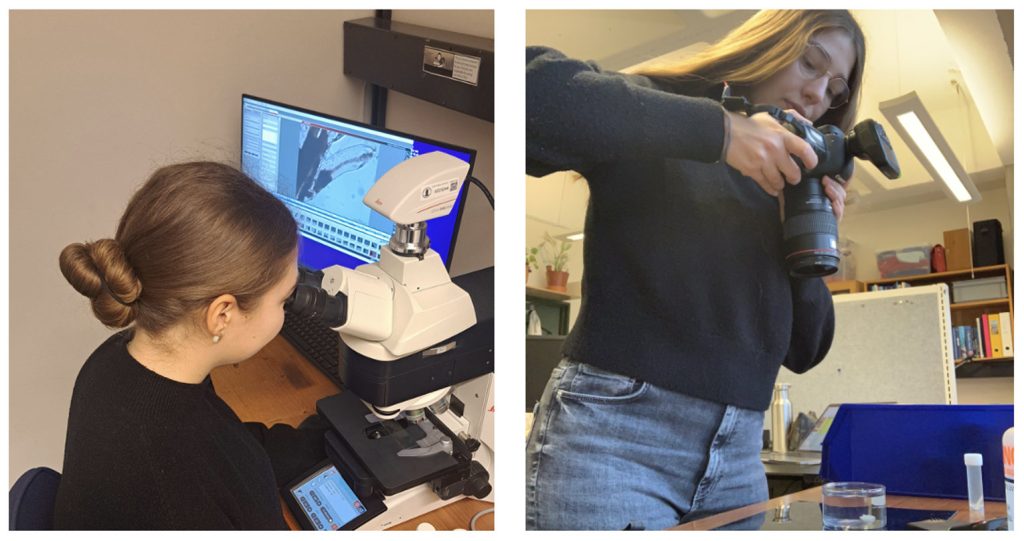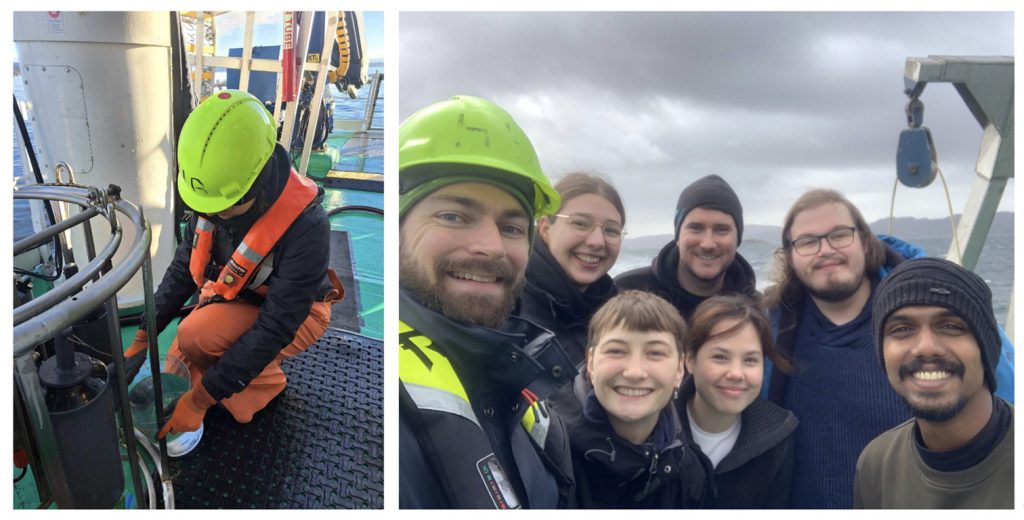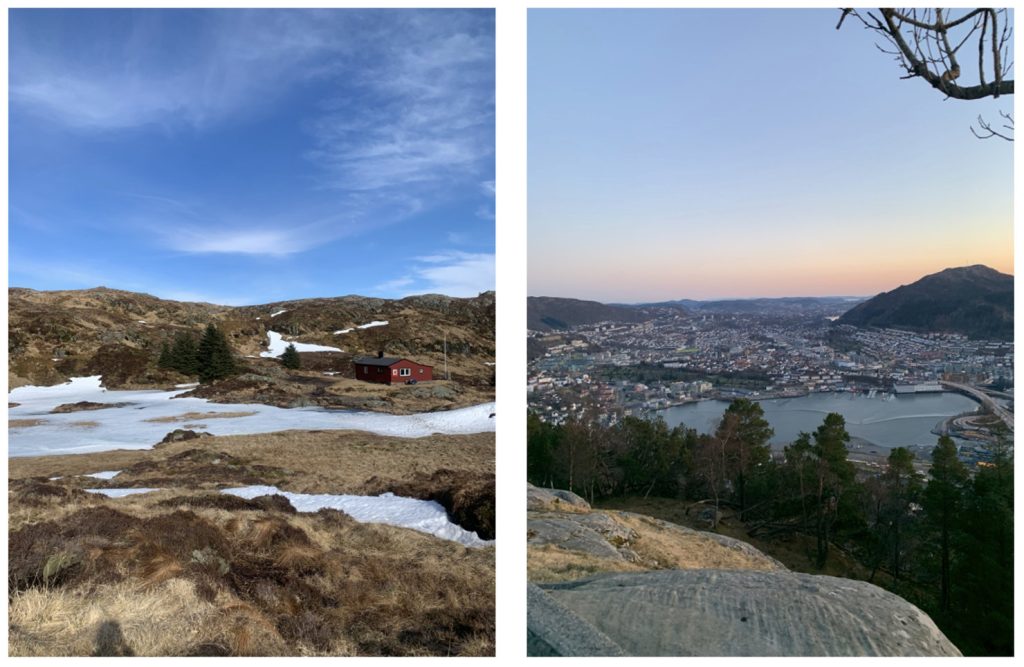In the last week of June, the MAnDAriN project (Marine Annelid Diversity of Arctic Norway, homepage here) went for another* field trip to the areas around Tromsø.
This time we were focused on intertidal sampling in the inner fjords.
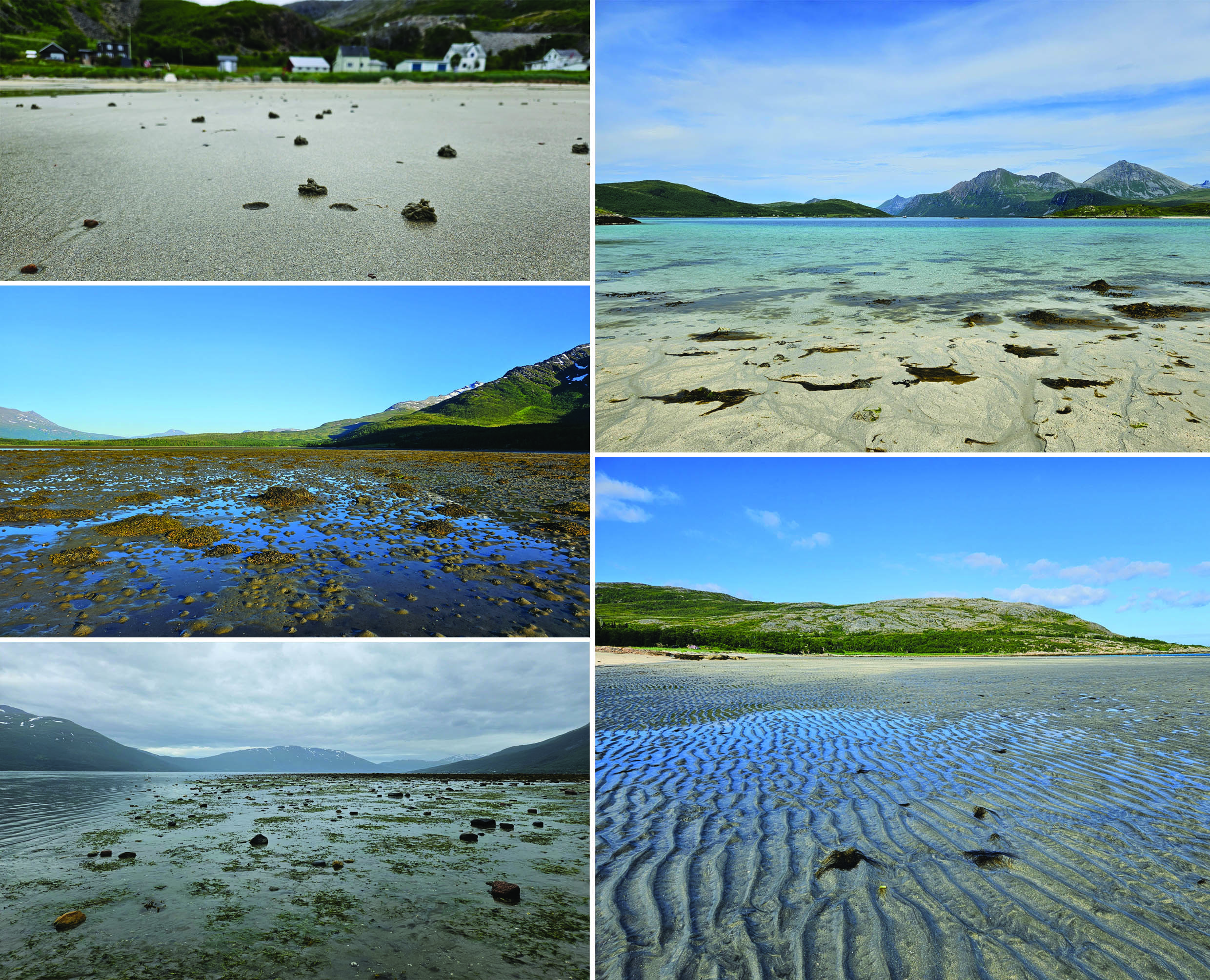
Figure 1. Different habitats sampled during the second field trip of MAnDAriN to Tromsø area (Photo by N. Budaeva).
Besides Nataliya and Tom, the sampling team included a dedicated young naturalist interested in digging up worms on the mudflats and watching for seabirds.
Two researchers from NIVA, Eivind Oug and Rita Næss, joined us for the part of the trip helping with selecting the most interesting habitats and with sample collection. We sampled 18 intertidal and shallow subtidal stations scattered around Tromsø area, among those some beaches at Sommarøy, eelgrass mudflats in the inner Balsfjorden, sandy Grøtfjorden, and muddy habitats of Kvaløy.
The sampling was qualitative with light fraction of sediment sieved through 500 um sieve and later sorted in the lab under a stereomicroscope. We invested a lot of time in taking live images of the small polychaetes found in the samples, for that we had to relax them in a magnesium chloride solution that stops muscle contraction but keeps the worms alive. App. 900 photos of 400 specimens was taken during this trip. Each of the photographed specimens will become a DNA voucher for further barcoding and molecular analysis.
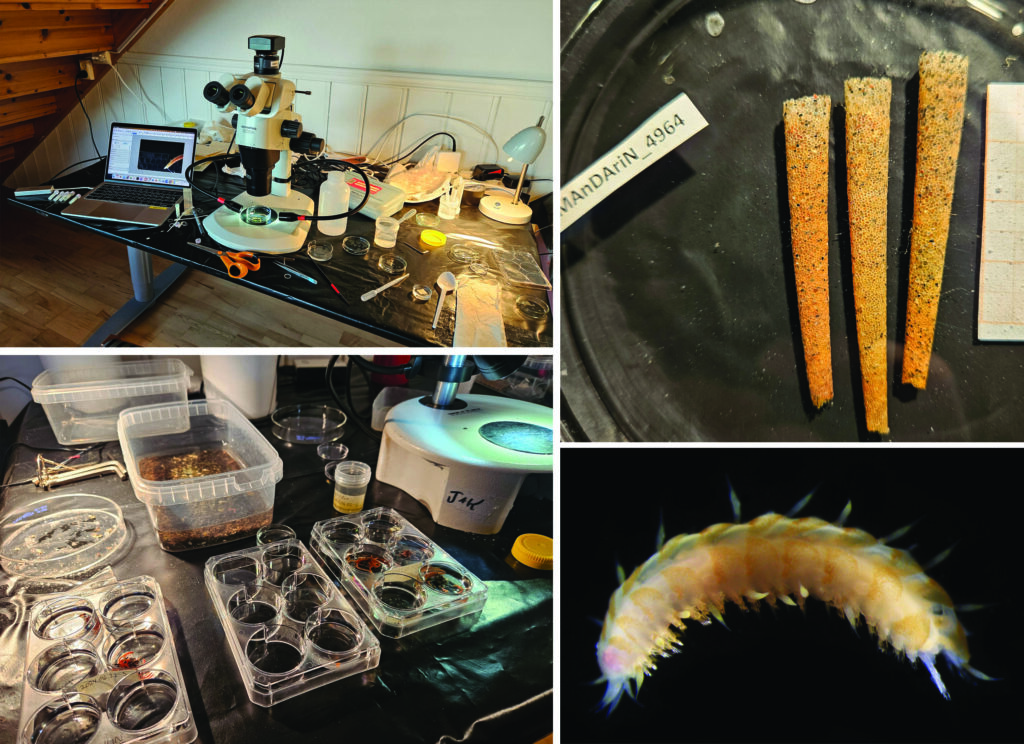
Figure 3. Our laboratory set0up with photography equipment. The worms on the top right – tubes of Lagis koreni, and the bottom right – Malmgrenia sp.
MAnDAriN is supported by Artsdatabanken for 2023-2026 and will continue sampling in Svalbard and northern Finnmark fjords this and next year to provide a detailed description of annelid diversity in the coldest Norwegian waters.
*Eva, a master student on the project, has written about her experience joining the previous project fieldwork in Torsvåg (Troms) in May, you can read more about that here (link):

